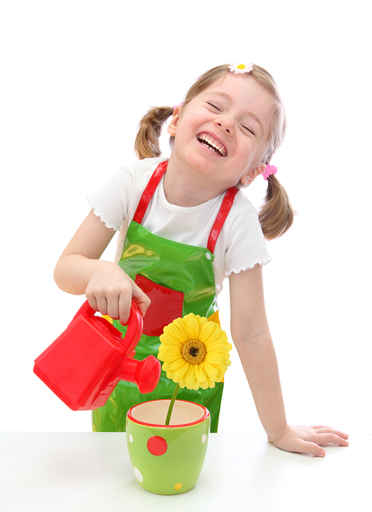Making Butter
Just about the time
you and the kids ready to give up - - - Magic! Butter!
Objectives
Children between the ages of 4-5 can perform a variety of
actions on an unfamiliar substance to define its nature Cog. I
Children between the ages of 3-4 can pour well from the containers SH I
And all of the children can shake the closed container in a continuous motion
and work well with the other children SE IV
Materials
One or more cartons of
whipping cream (a few days old or left out over night); baby food jars or other
small, transparent containers with tight fitting lids; a carpeted area to sit
in if glass is being used; sponges or paper towels for spills; small tasting
cups -- one per child.
Procedures
1. Have children gather around table or carpeted area and pass
out a container with lid to each child. Containers should be marked at about
the 1/4 cup level with a rubber band or crayon mark. Pass around the carton(s)
and have each child pour enough cream into containers to touch line.
2. Tell children to screw on lids and check for tight fits.
3. Shake! Try shaking to music, chants, ABC's, counting. Try jumping to shake,
shaking with one hand for 10 counts, then changing to the other hand. See if
children can think of new ways to shake or good songs to shake to.
4. Tell them to keep checking their cream for changes. What's happening?
(Should see yellow specks which gradually get bigger until globs of butter are
separate from the buttermilk.) Keep shaking!
5. Let children unscrew caps, look, smell, pour a little buttermilk into
tasting cups and taste. Discuss the taste of buttermilk and of the butter and
of regular milk. Talk about how we are getting more and more solid from a
liquid! Does this butter taste like the butter we're used to? How is it
different? (salt), etc.
6. It would be nice to make biscuits, bread or popovers later in the day to
spread with butter -- or perhaps another group of children could be making
bread simultaneously to the butter activity.

|